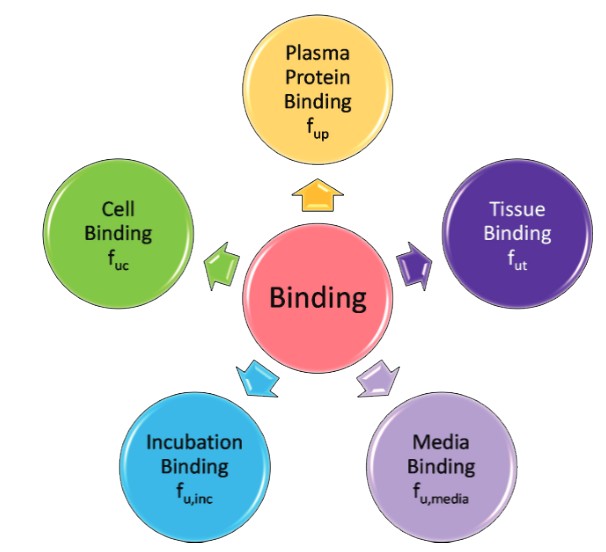In drug development, one of the most critical tasks is understanding how drug molecules interact with proteins in the blood. These interactions can dramatically shape the drug's journey-determining how well it's absorbed, where it travels, how it's broken down, and how it's eventually removed from the body. Getting a solid grasp on this is absolutely vital to make sure the drug works as intended and doesn't cause unintended harm.
Then there are these tests we use-plasma protein binding assays-to measure how strongly a drug clings to those blood proteins. This is a big deal because it tells us how much of the drug is free to do its job and how effective it's likely to be. If we miss the mark here, we're basically flying blind when it comes to predicting how the drug will act once it's in the body.
At Profacgen, we get that plasma protein binding is a big deal. That's why we offer a top-notch Plasma Protein Binding Assay service. We use the latest techniques to see how well drugs stick to blood proteins and give researchers super accurate data. Our goal is to help them make the best possible drugs.
 Fig1. Binding assays in drug discovery and development. (Di. et al. 2021)
Fig1. Binding assays in drug discovery and development. (Di. et al. 2021)

Predictive Power
These binding assays give researchers a heads-up on how drugs move through the body. They flag potential snags like poor absorption or clashes with other meds.

Boosted Safety and Effectiveness
By mapping out how drugs stick to plasma proteins, these tests help tweak drug formulas and doses for better results and fewer risks.

Budget-Friendly and Quick
Running these tests early in the process catches problems before they blow up, saving cash and speeding things up.

Flexibility and Accuracy
Profacgen uses a mix of advanced techniques and top-notch equipment to deliver spot-on, dependable results tailored to each project's demands.
These binding tests are crucial for spotting and tweaking promising drug candidates. By seeing how they connect with plasma proteins, they up the odds of creating a winning drug.
These tests dish out crucial details on how a drug is absorbed, its journey through the body, how it's broken down, and how it's cleared. This info helps researchers zero in on the best doses and get a clearer picture of how the drug will act.
By looking at how drugs bond with proteins, these assays give doctors the tools to tailor treatments to individual patients and handle drug clashes with more finesse.
These assays are a must-have for digging into how drugs work and comparing different options. They steer the creation of therapies that hit the mark more accurately.

Pharmacokinetic Know-How: Profacgen's team knows the ins and outs of pharmacokinetic studies, so you can count on solid, reliable results.
Top-Notch Tools: We use the best tech out there to make sure our assays are fast, accurate, and dependable.
Customized Solutions: We don't do one-size-fits-all-we shape our work to fit your project's unique needs.
Comprehensive Support: From start to finish, we've got you covered-whether it's prepping samples or crunching the numbers.
Background
This project was conducted to perform a plasma protein binding assay for a compound sample provided by the customer. The experimental process included setup, HTD balance osmosis, LC-MS analysis, data summarization, and reporting. The goal was to evaluate the protein binding rates of the compound in different species (human, dog, rat, and mouse) and deliver the test results and raw data to the customer.
Results
Table 1. Summary Data

The experiment was successfully completed with the following outcomes:
| Bound to plasma protein (%) | human | dog | rat | mouse |
| Warfarin | 98.66±3.58 | 95.88±4.62 | 99.23±8.39 | 94.43±9.2 |
Conclusion
The plasma protein binding assays were successfully conducted for all four species, and the results were delivered to the customer. The project objective was achieved.
| Protein Interaction Analysis Services | Protein Aggregation Analysis | Nucleic Acid-Protein Interactions | Biomarker Discovery and Development Service | Transcription Factor Analysis |
Reference:
Fill out this form and one of our experts will respond to you within one business day.